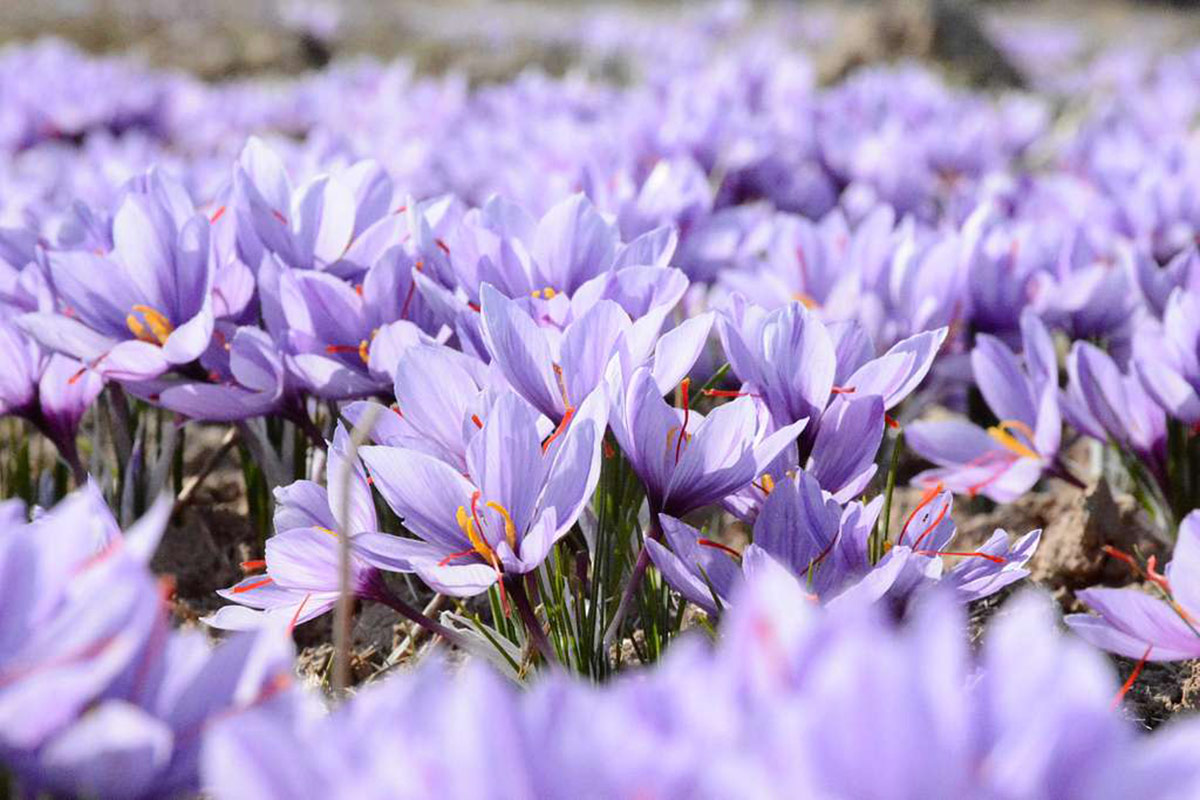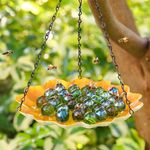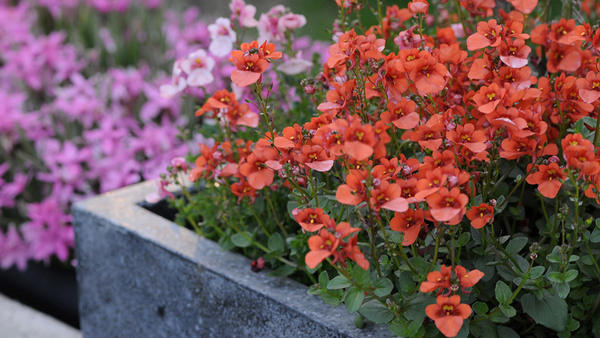
Crocuses (Crocus spp. and cvs., Zones 3–8) are some of the most beloved plants in our gardens. They are often the first hopeful sign of spring for many of us, delighting both the youngest of children and the oldest of adults, and even the most experienced gardeners express joy to see them blooming on a sunny late-winter day, often without any notice of their arrival. Whether you force them indoors, grow them here and there outside, or install an entire bulb lawn, they are a welcome sight when the weather is still gloomy and spring hasn’t quite fully arrived.
Learn more: Plan Now for a Spring Display
Of course, if crocuses bloomed in July, we’d be like, “Meh,” as they would get lost in a world of tropical lushes, but as I always like to remind people, even a dandelion blooming in a woodland among the gray-brown dreariness of February or March would look special. Best of all, early foraging honeybees will thank you for providing a nectar source if you plant crocuses in your garden. The good news is that crocuses are still relatively inexpensive, and you can really never plant enough.

Where and How to Plant Crocuses
Don’t crowd them out with other plants
Where to plant crocus bulbs (really, corms) is up to you, as they will look good nearly anywhere, but it’s a good idea to place them where you won’t be planting anything else later in the season. This is because most species will multiply over time, mainly by offsets at first, but hopefully by seed once established. Crocuses prefer to grow in well-drained soil in full sun to partial shade, but since they emerge before the foliage of deciduous trees, most spots that will be shady later in the season would be appropriate.
Be mindful of their native habitat
It’s helpful to know where most crocuses grow, as their habitat in nature isn’t a flower border along a sidewalk. Most species grow in near-alpine conditions, in the high mountains of Greece, Turkey, the Caucus range, and the Alps in northern Italy and Switzerland. Typically, they grow in grassy meadows that are wet with snowmelt in late winter but dry out in summer.

Crocuses grow well in a variety of locations
I like to place lots of crocus bulbs under deciduous hedges where they can self-seed or slowly spread. Any of the species crocuses (more on this later) excel in lawn plantings, which makes sense for them as they can easily be accidentally dug up if planted in the perennial border. Maybe it’s common sense, but just a reminder: always plant crocuses where you will see them in late winter. This could be near an entrance, under a window, or anywhere where you know the snow melts first. Be sure not to plant your corms too deeply in fall; just a couple of inches below the surface is ideal. They will naturalize well and therefore may not be at the top of your to-divide list, but like all bulbs, they can be revitalized through a division every three to five years. Lift them for division after the foliage has completely turned brown.

Which Species of Crocus You Should Grow
Dutch crocus
There are many crocus species, at least 80 to 100 depending on which expert you follow, but only a handful are cultivated. The most common crocus found in garden centers and catalogs is Dutch crocus (Crocus vernus, Zones 3–8). Let’s call it the standard crocus. It features large flowers and has several named selections that can be bright purple, white, yellow, or striped white and lavender. Low maintenance, long-lasting in the garden, and easy to force, it’s hard not to notice when Dutch crocus comes into bloom. I was surprised when I first saw it growing in the wild, high in the Swiss Alps in a meadow of grass that is also a ski slope in winter. The entire grassy meadow was covered, and I thought, No wonder they love growing on my lawn; it’s the perfect place to grow them.

The best species crocuses for the Northeast
Bulb catalogs will often lump spring-blooming crocuses together into two groups: Dutch crocuses, and everything else, which are often referred to as species crocuses. I encourage you to try any of the species crocuses, as almost all of them excel in colder gardens right down to Zone 3. They are earlier to bloom and while much smaller in stature, they are all the more delightful as many bloom as early as late January if there is a mild winter, even in the North. Try any of the cultivars of C. chrysanthus, Zones 3–8 or C. olivieri, Zones 3–8. My tip is to choose varieties with colorful stripes on the outside of their petals, as they look pretty even when they are closed.
The best species crocuses for warmer regions
While most crocuses do best in Zones 7b or lower, a few will grow well as far south as Zone 8. Almost all species excel in colder gardens, right through Zone 3. Southern gardeners can, however, purchase pre-chilled bulbs or could try a few of the ‘Tommies,’ or snow crocus (C. tommasinianus, Zones 3–8) as well as any C. angustifolius, Zones 3–8 and golden crocus (C. chrysanthus, Zones 3–8) varieties. They will bloom as long as they’ve been exposed to a 10- to 12-week period with temperatures around 40°F.

Some crocuses, such as saffron crocus, bloom in fall
Lastly, I have a bit to say about fall-blooming crocuses, and particularly the saffron crocus (C. sativus, Zones 6–9), as this is important and there seems to be confusion or misinformation on some social media accounts. There are indeed both fall- and spring-blooming crocuses, and in fact, there are many fall-blooming species, though most are not available in standard bulb catalogs. That said, if you do wish to grow saffron, a spice that is indeed derived from a crocus, be certain that you are harvesting stamens from the true saffron crocus (C. sativus) and not just any fall-blooming crocus, and this can be confusing as nearly all are purple. To add to the confusion, there are other plants that share the common name “fall crocus” such as colchicum (Colchicum spp. and cvs., Zones 4–9), which are highly toxic. If you have only spring-blooming crocus, you are fine, but know that there is no spring-flowering saffron crocus.
To discuss these plants or ask gardening questions, chat with a regional gardening expert on the Gardening Answers forum.
And for more Northeast regional reports, click here.
More on growing crocus and other spring bloomers:
Spring Planting Plan for the Northeast
Spring Bulbs for the Northeast
Fall Bulb Planting for Your Region
Matt Mattus is the author of two books: Mastering the Art of Flower Gardening and Mastering the Art of Vegetable Gardening. He gardens in Worcester, Massachusetts.
Fine Gardening Recommended Products

Gardener's Log Book from NYBG
Fine Gardening receives a commission for items purchased through links on this site, including Amazon Associates and other affiliate advertising programs.

Corona® Multi-Purpose Metal Mini Garden Shovel
Fine Gardening receives a commission for items purchased through links on this site, including Amazon Associates and other affiliate advertising programs.

Bee Watering Station with Vivid Flower Design
Fine Gardening receives a commission for items purchased through links on this site, including Amazon Associates and other affiliate advertising programs.



















Comments
Log in or create an account to post a comment.
Sign up Log in